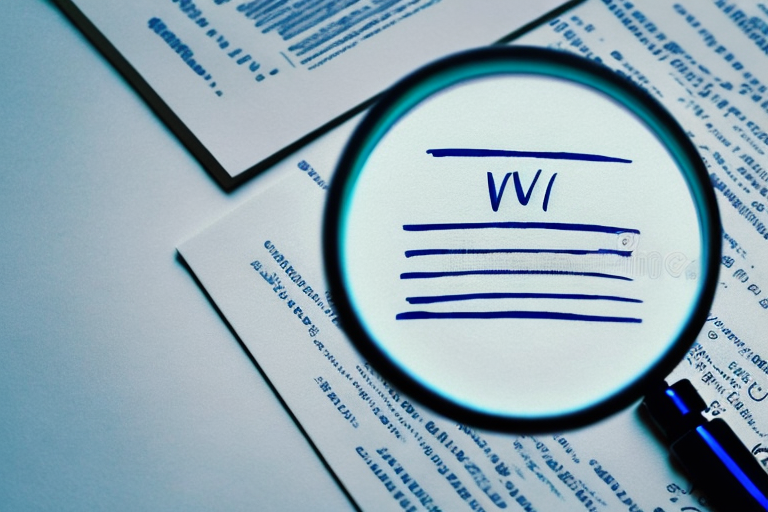In the realm of Anti-Money Laundering (AML) compliance, a watchlist plays a crucial role in identifying and preventing financial crimes. Understanding the basics of AML watchlists is essential for financial institutions and professionals responsible for maintaining compliance with relevant regulations. This article aims to provide an in-depth exploration of various aspects related to AML watchlists, including their importance, types, components, challenges, best practices, and future trends.
Understanding the Basics of AML Watchlist
An AML watchlist is a curated database that contains information about individuals, organizations, or entities suspected or known to be involved in money laundering, terrorism financing, or other criminal activities. By maintaining a watchlist, financial institutions can identify and screen potential risks in their transactions, thereby reducing the chances of facilitating illicit activities.
The primary objective of an AML watchlist is to enable financial institutions to stay compliant with AML regulations by conducting effective due diligence and risk assessments. When a watchlisted individual or entity is flagged during transaction screening, it triggers further investigation and evaluation to determine the legitimacy of the transaction and associated risks.
Financial institutions often rely on various sources to populate their AML watchlists. These sources may include government agencies, international organizations, law enforcement agencies, and even publicly available information. The watchlist is regularly updated to ensure that it reflects the most current information on potential risks.
Importance of Watchlists in AML Compliance
Watchlists are indispensable tools for financial institutions aiming to combat money laundering and terrorist financing effectively. By utilizing watchlists, these institutions can enhance their ability to detect and report suspicious activities promptly, aiding law enforcement agencies in their efforts to mitigate financial crimes.
The importance of watchlists in AML compliance lies in their ability to provide financial institutions with vital information about known or suspected criminals, politically exposed persons (PEPs), and other high-risk entities. By leveraging this information, institutions can establish appropriate risk mitigation strategies and effectively manage their exposure to potential illicit activities.
Furthermore, watchlists play a crucial role in ensuring compliance with regulatory requirements. Financial institutions are obligated to screen their customers, transactions, and business relationships against various watchlists, including those maintained by government agencies, international organizations, and industry bodies. By regularly checking against these watchlists, institutions can demonstrate their commitment to AML compliance and avoid potential penalties or reputational damage.
Different Types of Watchlists in AML
AML watchlists can be classified into various categories, each serving a specific purpose in mitigating financial risks. The common types of watchlists include:
1. Global Standard Watchlists: These watchlists are widely recognized and endorsed by international organizations such as the Financial Action Task Force (FATF). They encompass entities involved in terrorism financing, organized crime, drug trafficking, and other major criminal activities with a global impact.
2. Regional and National Watchlists: These watchlists focus on entities that pose a risk within a specific region or country. They may include individuals or organizations involved in local financial crimes or those subject to legal sanctions, embargoes, or restrictions imposed by local regulatory bodies.
3. Key Regulatory Authorities’ Watchlists: Regulatory bodies, such as the Office of Foreign Assets Control (OFAC) in the United States or the European Union’s Consolidated List, maintain watchlists that contain entities subject to specific legal restrictions or sanctions.
While these are the primary types of AML watchlists, financial institutions may also maintain their internal watchlists based on their risk assessment frameworks and customer base.
4. Industry-Specific Watchlists: Certain industries may have their own watchlists that focus on entities involved in financial crimes specific to that industry. For example, the banking sector may maintain a watchlist of individuals or organizations involved in money laundering or fraudulent activities related to banking transactions.
5. Politically Exposed Persons (PEP) Watchlists: PEP watchlists are designed to identify individuals who hold prominent public positions or have close associations with high-ranking government officials. These individuals are considered to have a higher risk of involvement in corruption, bribery, or money laundering due to their access to public funds and influence.


